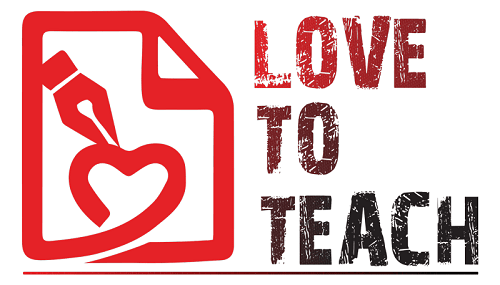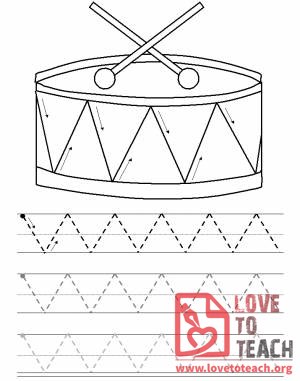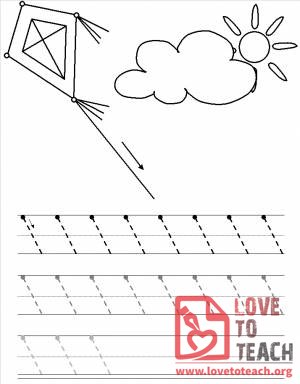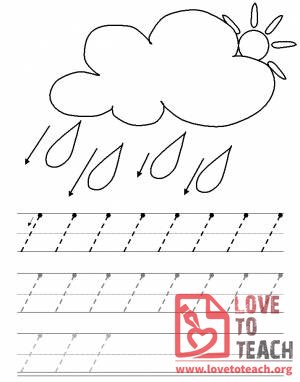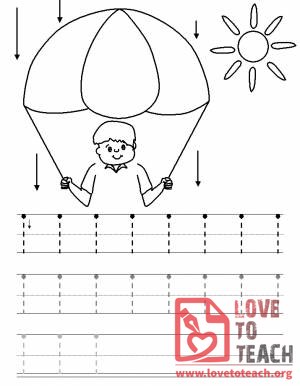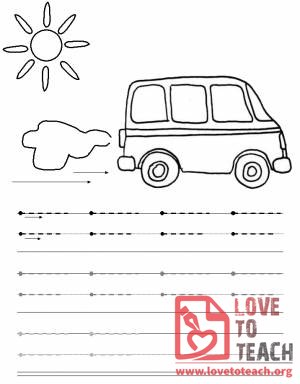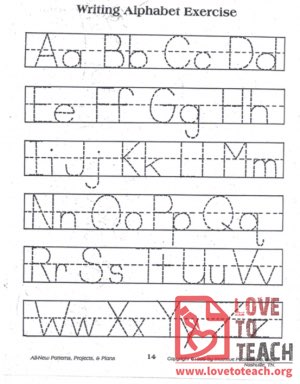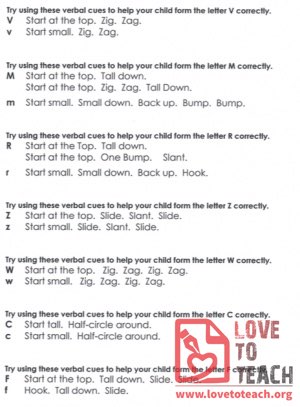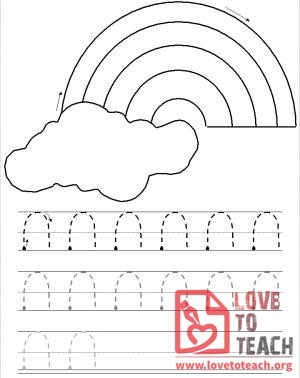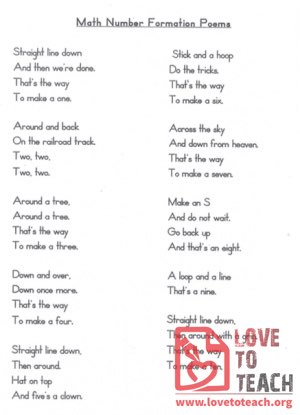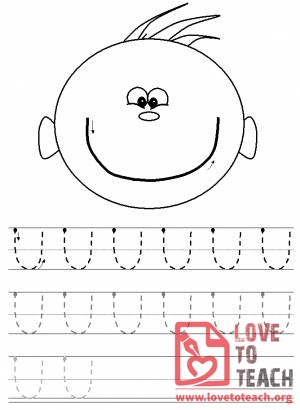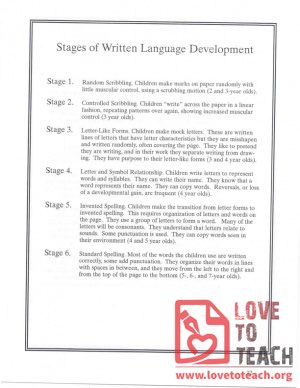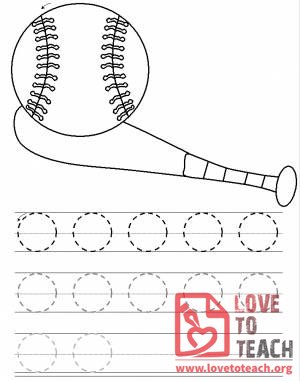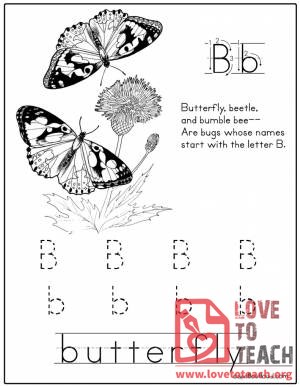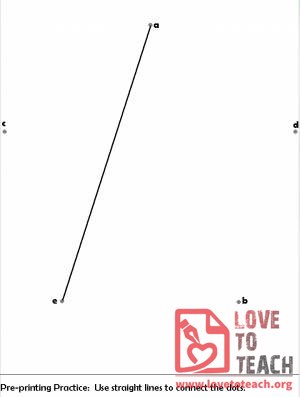Handwriting
Trace the lines in the picture before practicing the dotted lines below.
Make sure children are holding the writing utensil with a pincer grip when tracing. 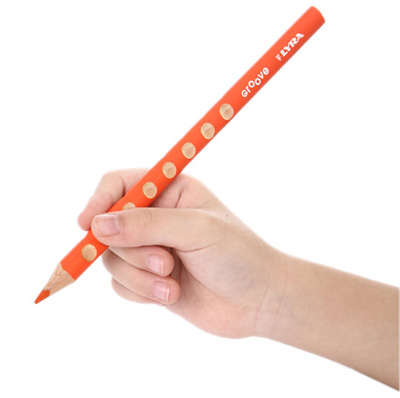
Practice tracing these lines to improve hand-eye coordination and fine motor skills.
Have children practice tracing these vertical lines to improve their fine motor skills.
Practice tracing horizontal lines to help improve fine motor skills needed for handwriting.
Practice tracing the alphabet with this simple reproducible worksheet.
Use these verbal cues to help students learn how to form their letters. Includes every letter.
Looking for poems for number formation?
A great way to practice fine motor skills! Also can be laminated (use dry erase markers).
Use these catchy rhyming poems to help students learn how to form their numbers.
Looking for phrases for letter formation?
Practice making curves up to make handwriting easier to master later!
Stages of Writing & Language Development:
Stage 1. Random Scribbling.
Children make marks on paper randomly with little muscular control, using a scrubbing motion (2 and 3-year olds).
Stage 2. Controlled Scribbling.
Children "write" across the paper in a linear fashion, repeating patterns over again, showing increased muscular control (3 year olds).
Stage 3. Letter-Like Forms.
Children make mock letters. These are written lines of letters that have letter characteristics but they are misshapen and written randomly, often covering the page. They like to pretend they are writing, and in their work they separate writing from drawing. They have purpose to their letter-like forms (3 and 4 year olds).
Stage 4. Letter and Symbol Relationship.
Children write letters to represent words and syllables. They can write their name. They know that a word represents their name. They can copy words. Reversals, or loss of a developmental gain, are frequent (4 year olds).
Stage 5. Invented Spelling.
Children make the transition from letter forms to invented spelling. This requires organization of letters and words on the page. They use a group of l~tters to form a word. Many of the letters will be consonants. They understand that letters relate to sounds. Some punctuation is used. They can copy words seen in their environment (4 and 5 year olds).
Stage 6. Standard Spelling.
Most of the words the children use are written correctly, some add punctuation. They organize their words in lines with spaces in between, and they move from the left to the right and from the top of the page to the bottom (5-, 6-, and 7-year olds). Revising and editing.
Trace the dotted lines to practice making curves and circles.
This sheet provides a cute poem, a picture, and upper- and lower-case practice for the letter Bb.
Connect the dots A-E to create a star!
